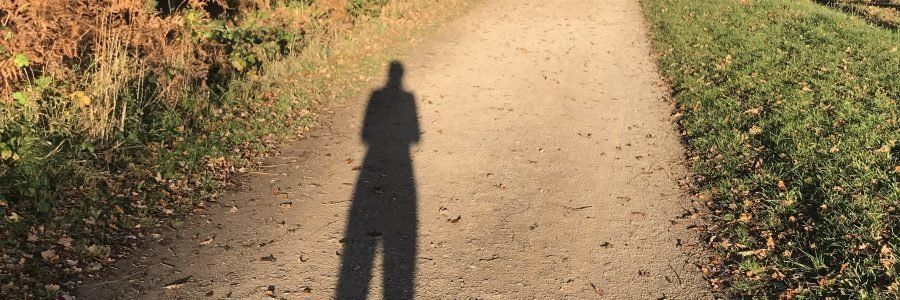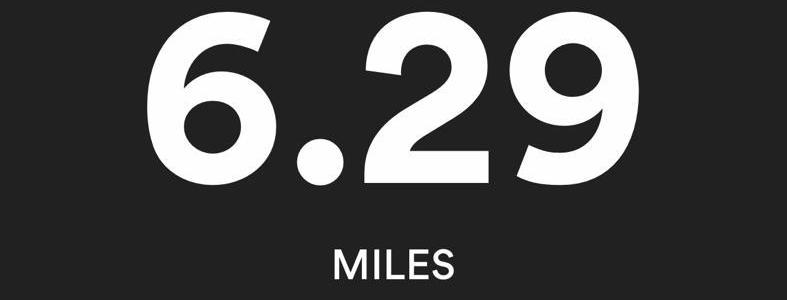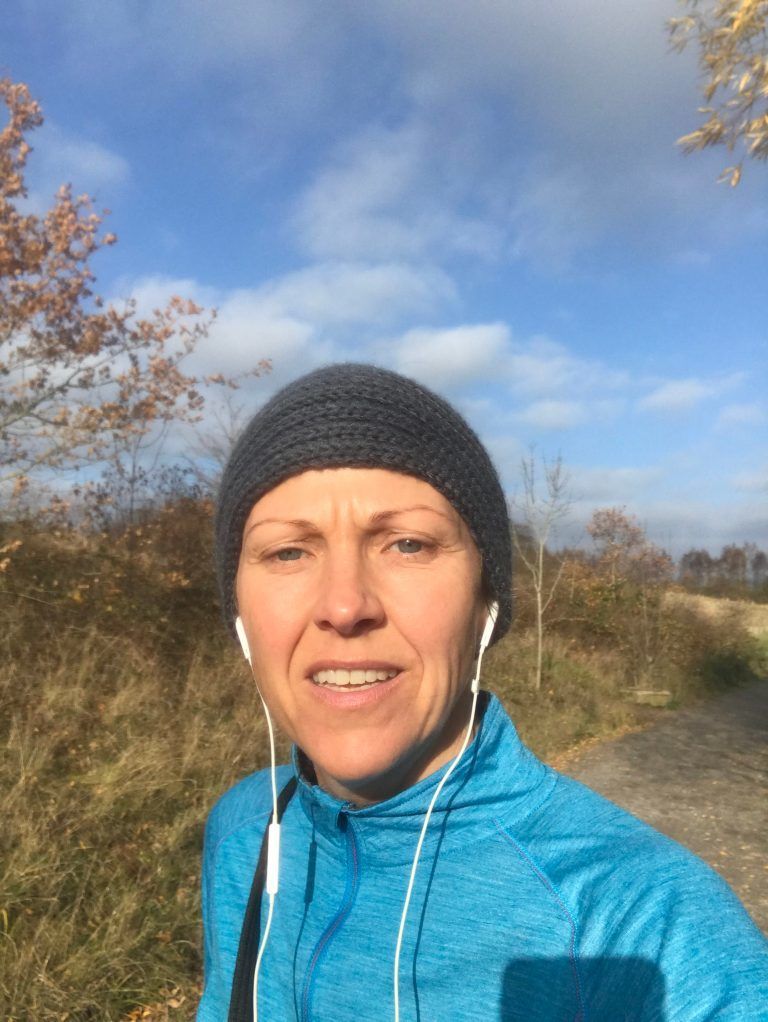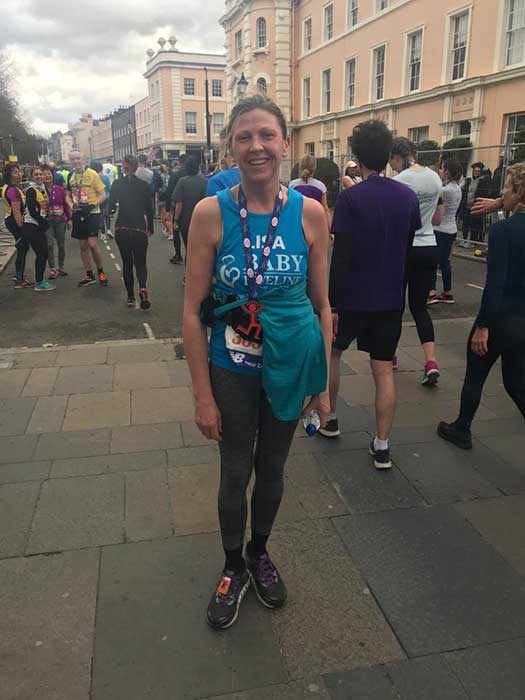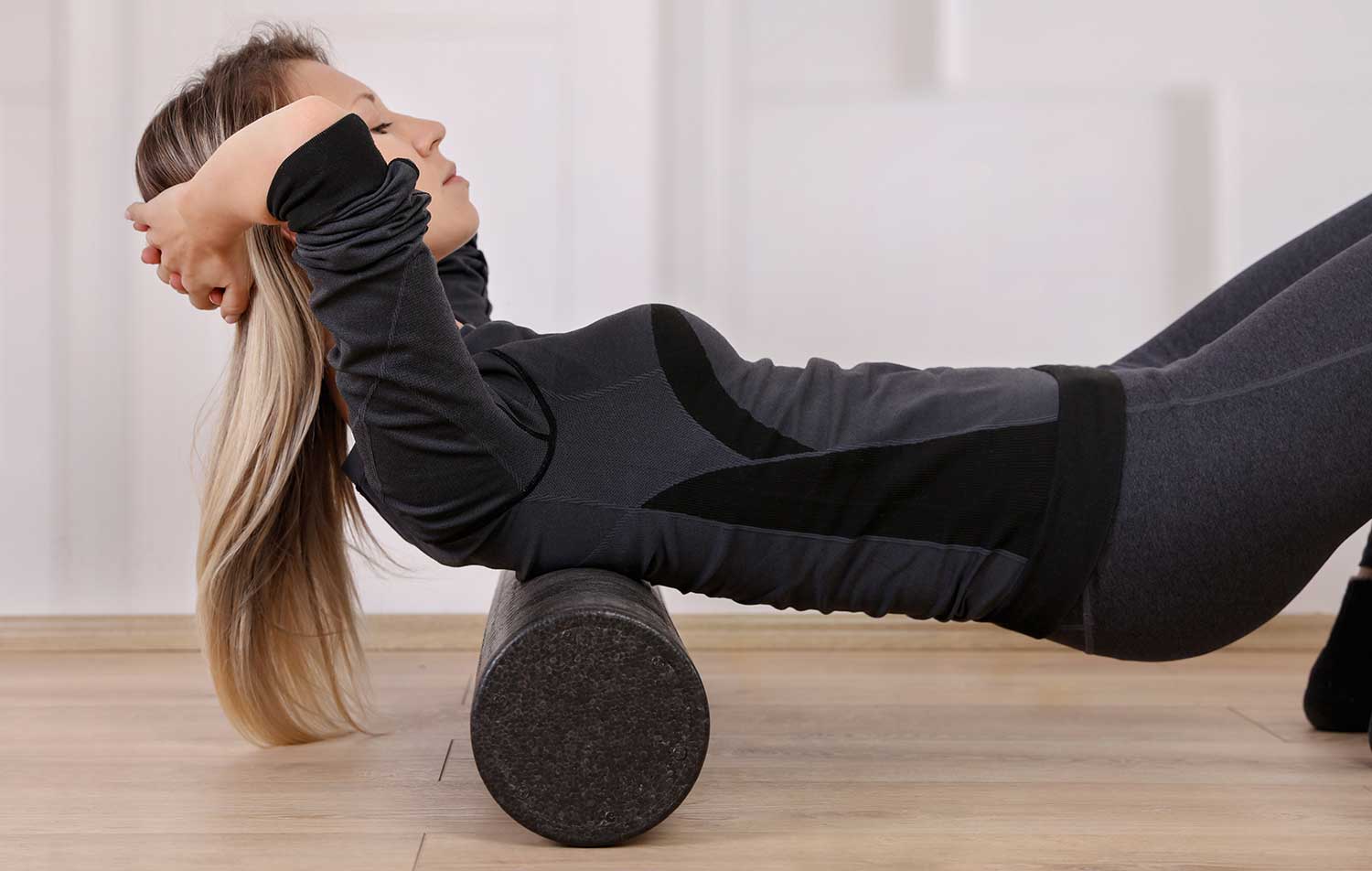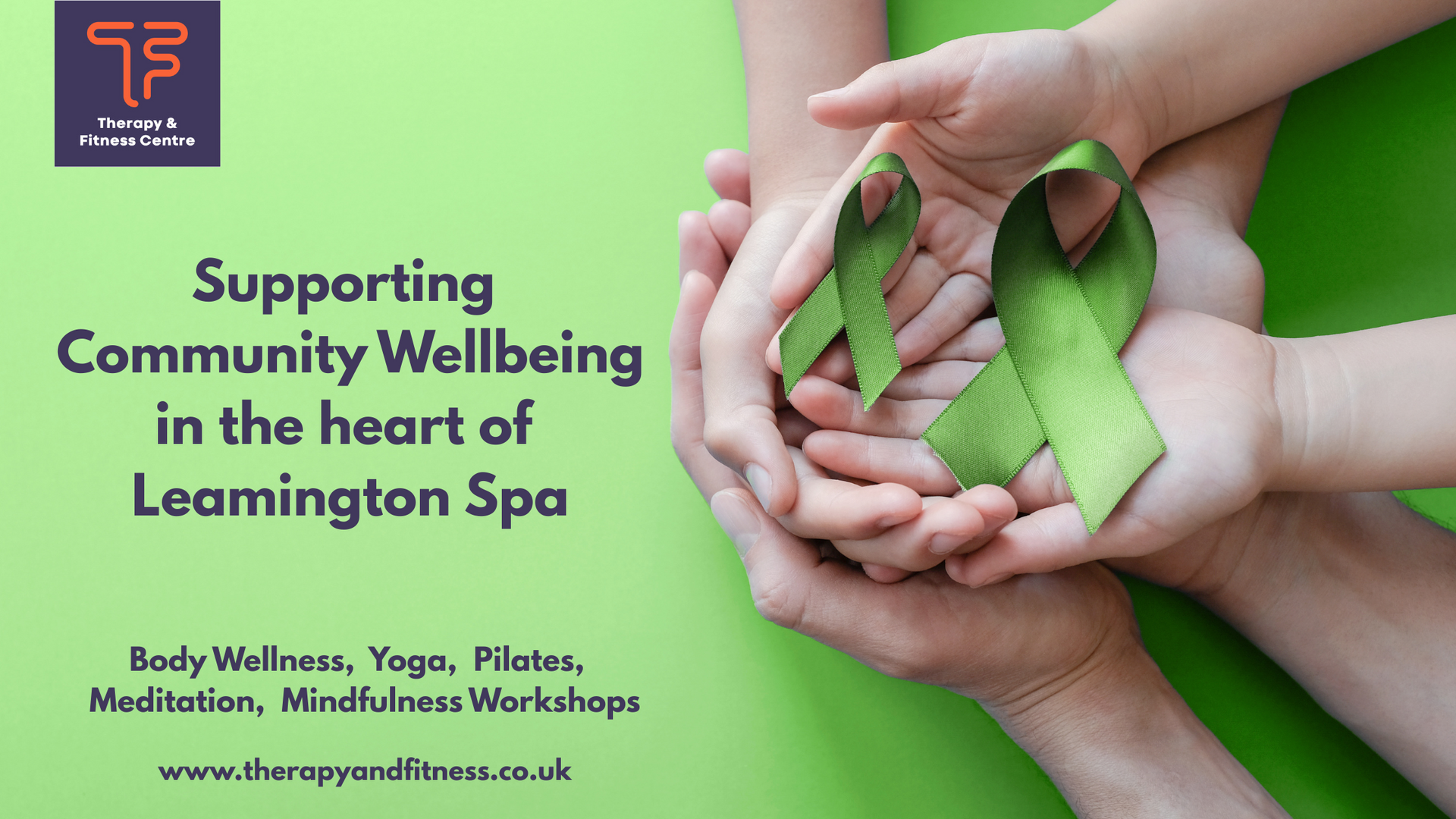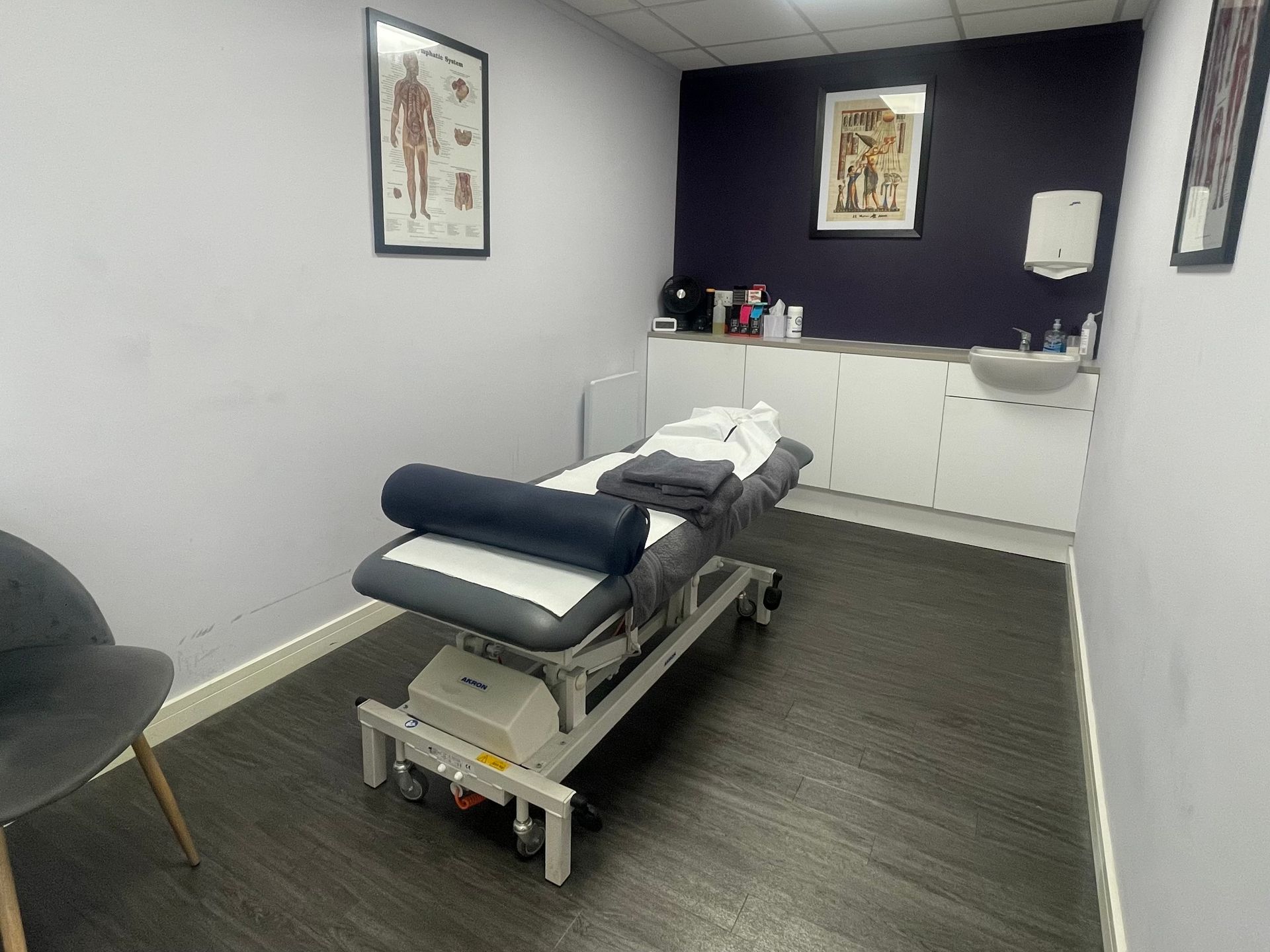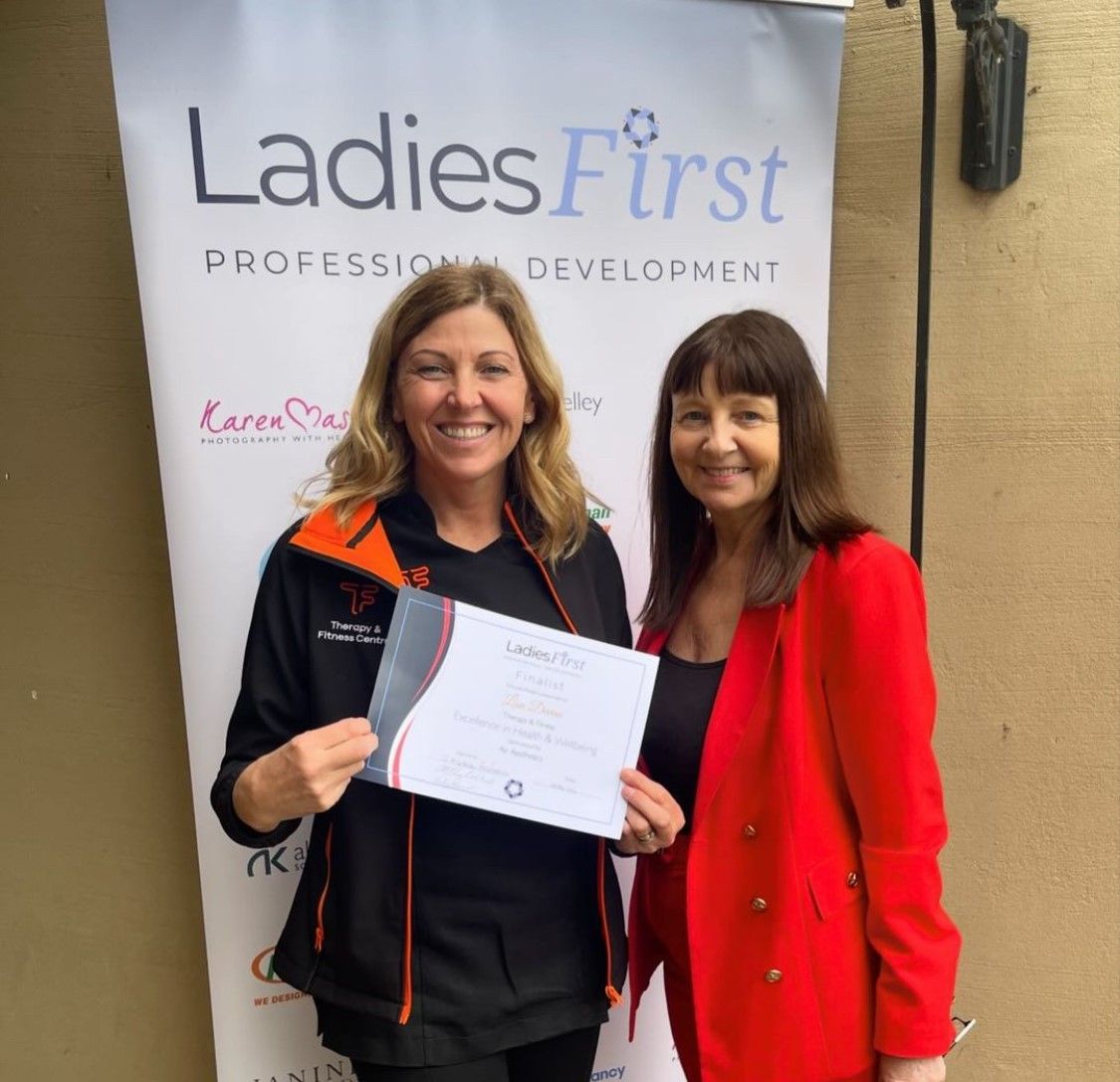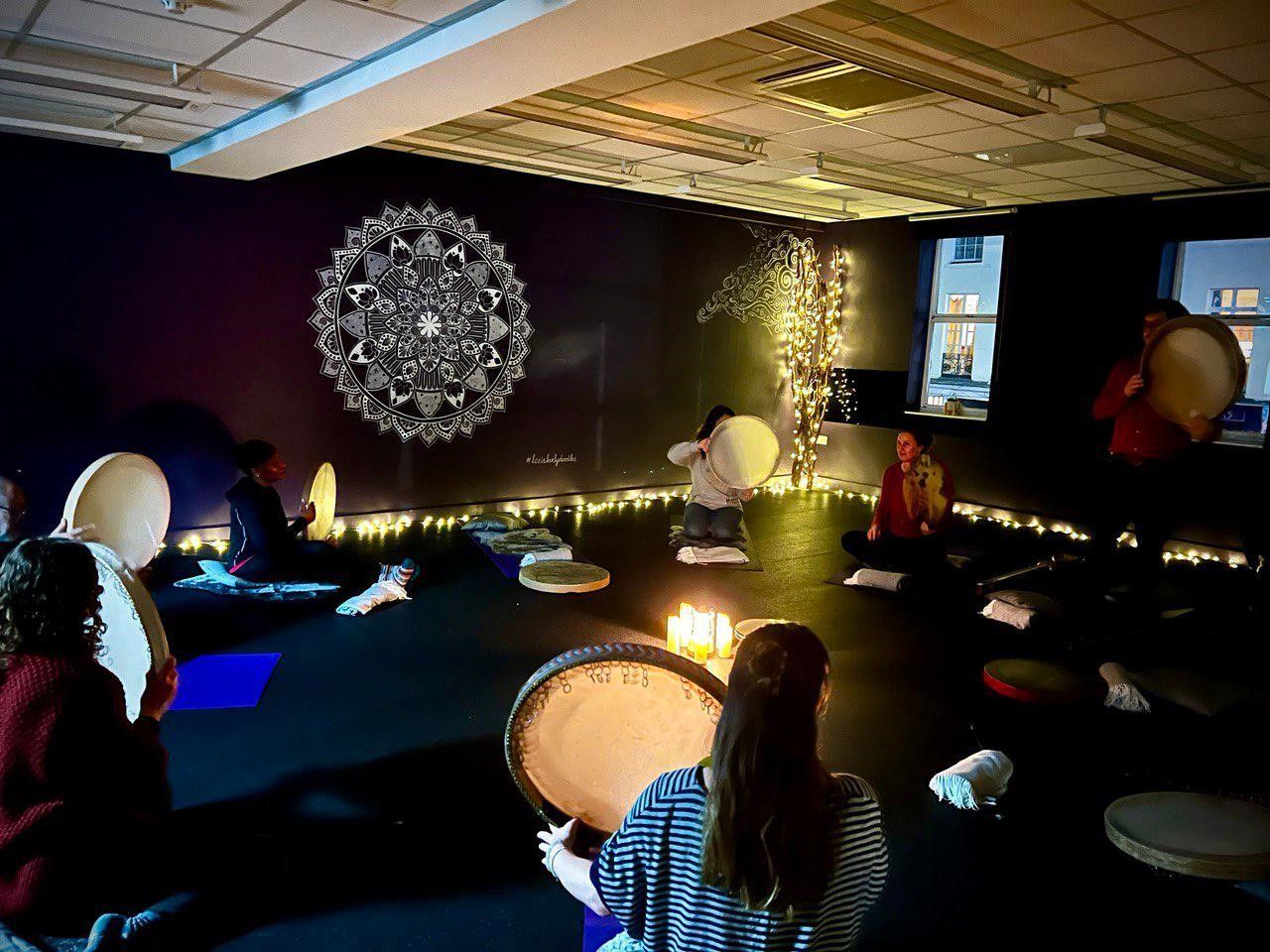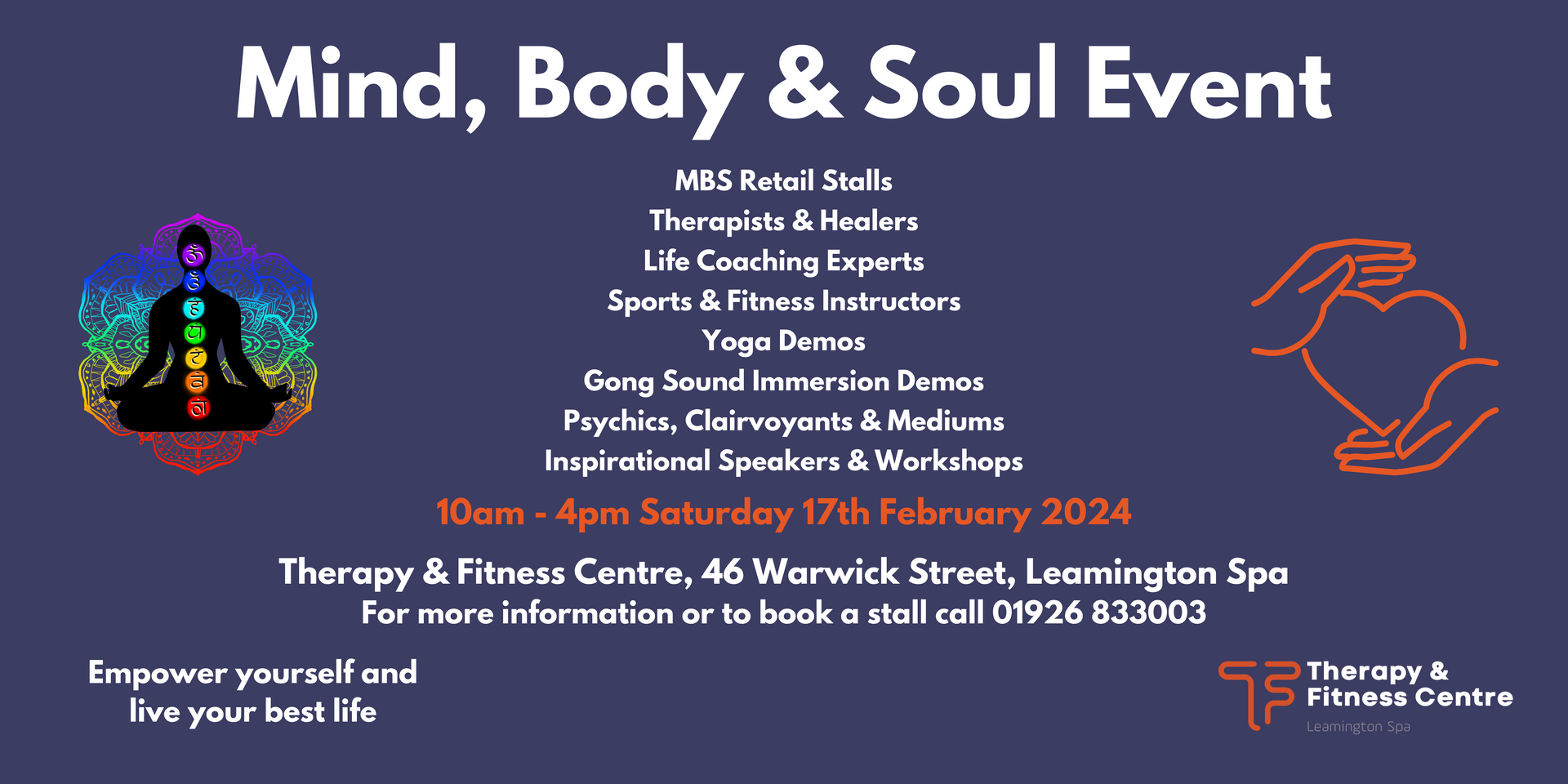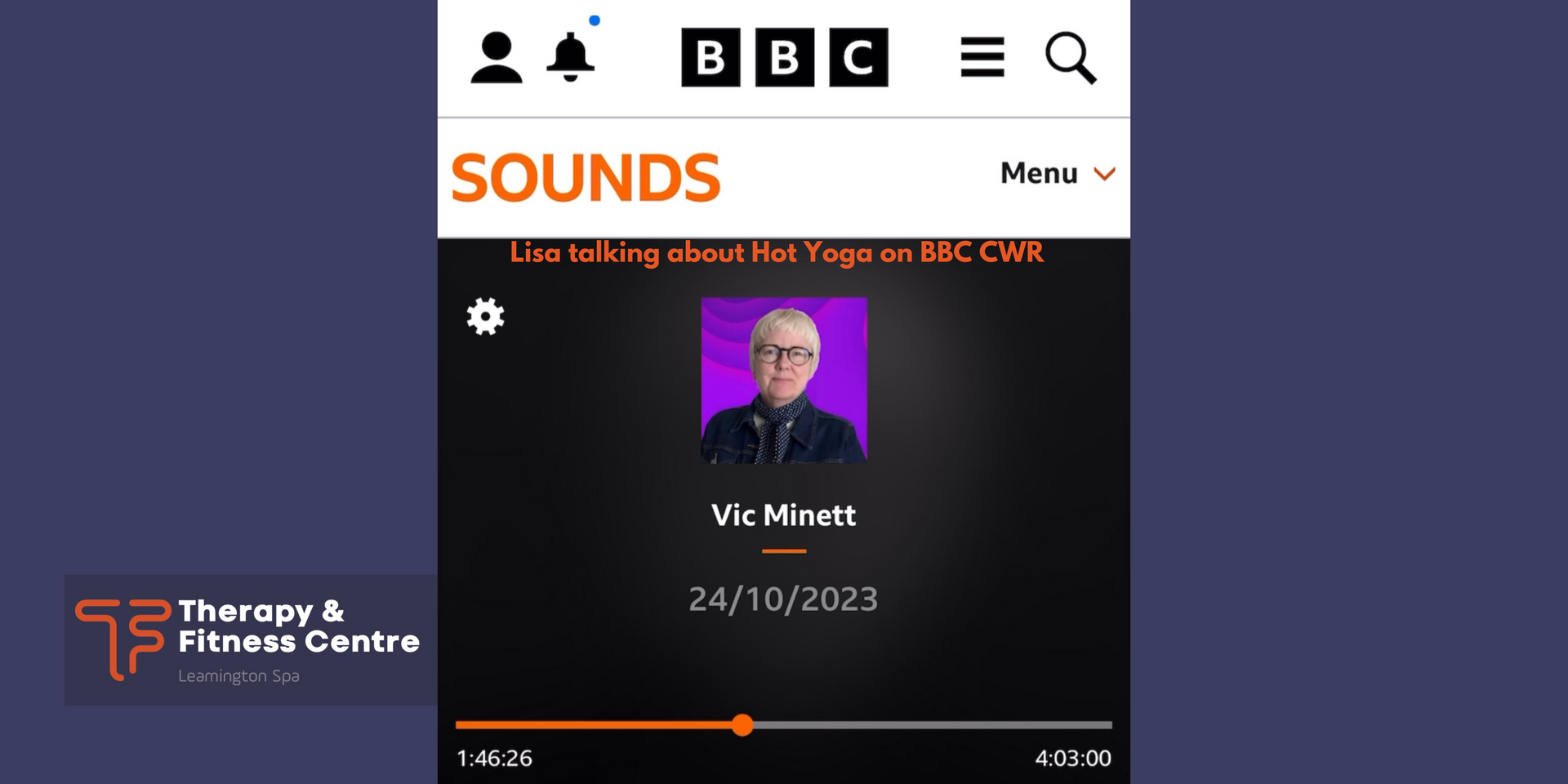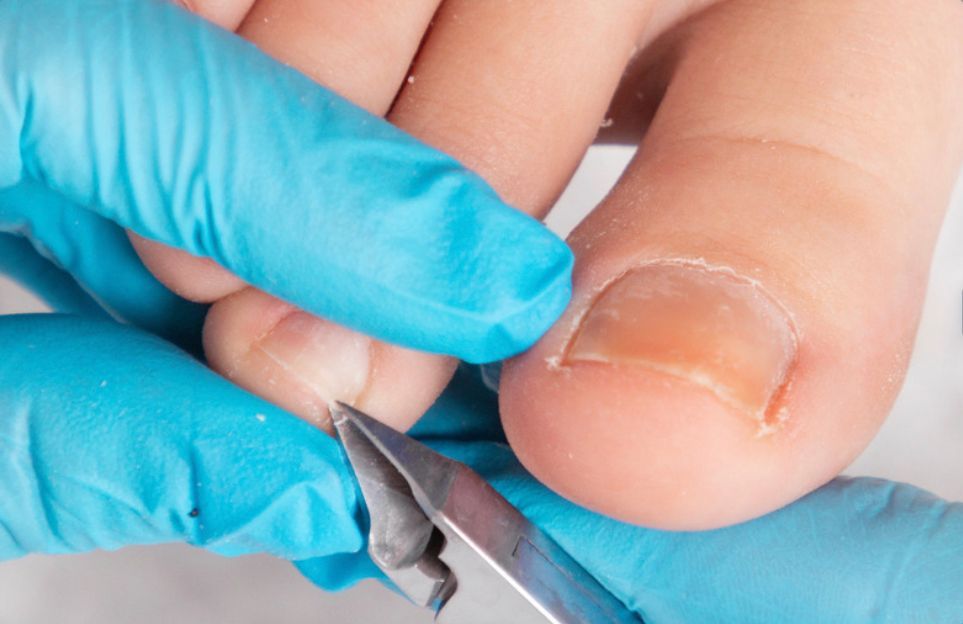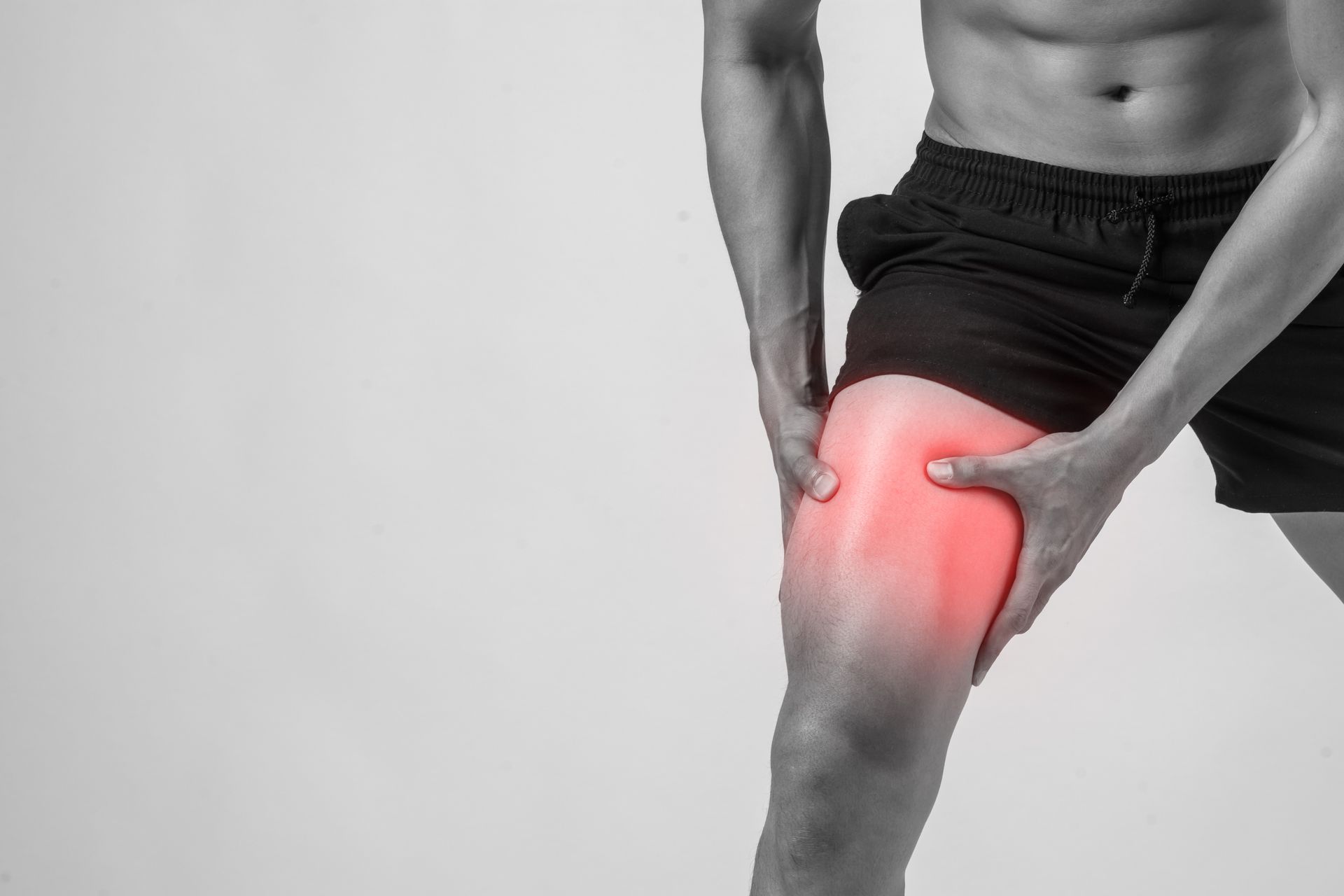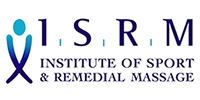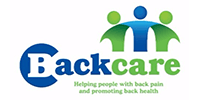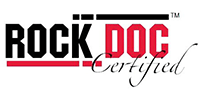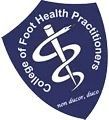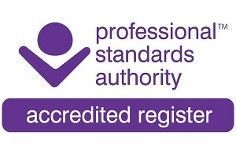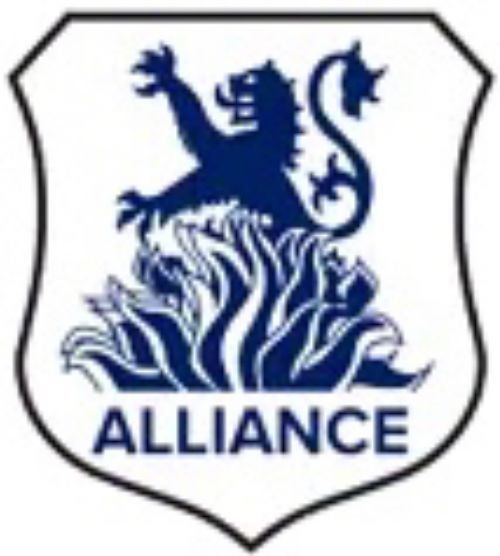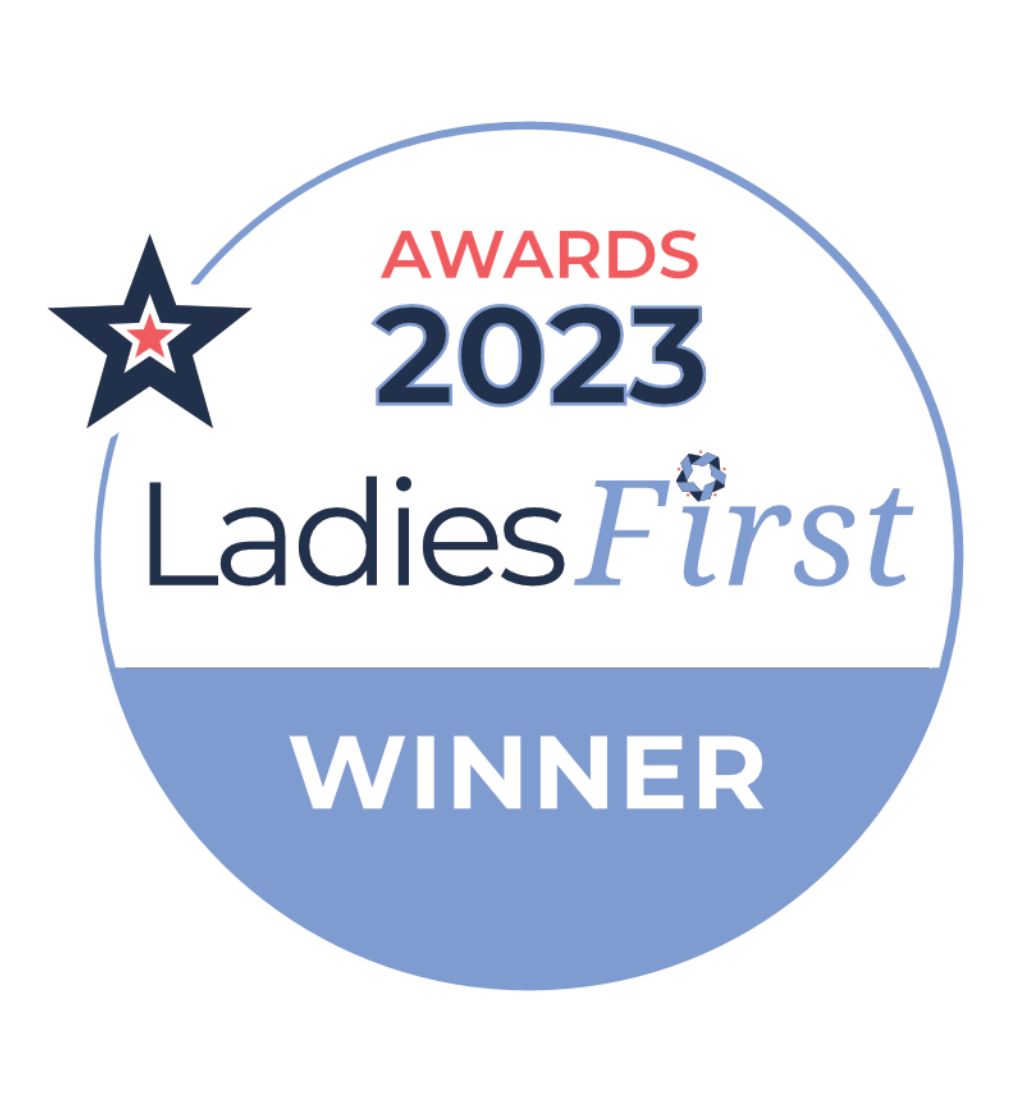Well I’ve just started my third week with Erin my Asics running coach courtesy of the Runkeeper app. I completed my first week of workouts quite positive but still not really enjoying my runs. I showed up every day, which really pleased Erin, but my mojo still hadn’t returned and it still felt like a hard slog. I began to think that maybe running wasn’t for me and perhaps I should go and do marathon yoga session which would be more up my street. Maybe I should tackle the National Three Peaks again – yes now you’re talking. During week 2 there were so many occasions I thought ‘…I can’t do this…’, ‘…what on earth have I agreed to do…’ and ‘…I’m never going to be able to run 5k never mind a half marathon…’. At times it felt like my legs were moving but I wasn’t! They felt so heavy and I couldn’t work out why.
I got Gemma to give me a leg massage to ease out some calf tension. Yoga helped with stretching out the quads and glutes (buttocks) for which I was grateful. My next run was easy, it felt almost effortless. Finally I was ‘’on fire’ I thought to myself as I ran feeling like I could carry on running even when the workout was over!
I honestly don’t know how active people can go without maintenance massage and I am only doing 3 pathetic run / walks a week. I can remember reading a Sunday Times interview with Paula Radcliffe and her trainer / physio on the day of the London Marathon a few years ago and her trainer saying that when Paula is in training for an event she has up to 5 hours of massage and physio a day. ‘…5 hours…??!!’ I can remember saying to myself – it just goes to show how important muscular conditioning & maintenance is. Ok Paula is a professional & elite athlete but people training for events will often not consider a monthly massage let alone a weekly one and that includes regular runners. Just think about your car – would you run it without a regular service? Would you run it if there was a chugging coming from the engine? No is the answer, for most of you out there, though I do know there are some of you who would ignore that chugging until the car wouldn’t start!! We should treat our bodies in the same way, and not wait until it’s too late and the injury has stopped us in our tracks, or has stopped us from working, living and enjoying life completely. Our body gets us through life and just as our car takes us on a journey from A to B our bodies take us from A to B on our life journey. No body no life – simple I guess. So now is the time to take stock and start looking after myself because if we can’t look after my ourselves we therefore can’t look after those we love around us. Its like the oxygen mask instruction on a flight… ‘put your own mask on before your child’s’. So it’s now time to start looking after myself for a change.
But going back to training and running in order for me to complete this half marathon I need to get regular maintenance massage, eat properly (you wouldn’t put diesel in a petrol car now would you) and start looking after myself so I can run effortlessly, with ease and keep those injuries away!


